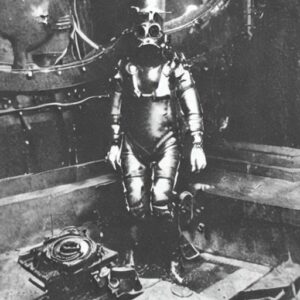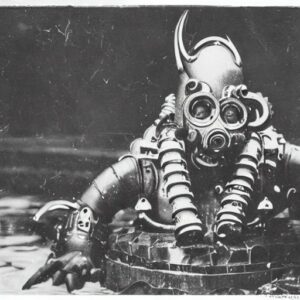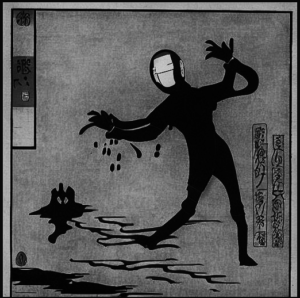Protecting an Emperor
As the tides turned against the Japanese in World War II, focus was redirected to the protection of the Imperial Family should Allies attempt an invasion. Japan had dwindling resources and manpower, so to protect their deity, the Japanese army turned to Unit 731.
SQuid Men

Even Japanese leadership was leery of using Unit 731, known for their unethical human experiments, more torture then science. That didn’t stop 20 members of the Konoe Shidan, Imperial Guard Divison to volunteer for recruitment into this special assignment. The position was thought to be the fulfillment of the ultimate honor woven into Japanese culture.
These men were subjected to the full gambit of unknown procedures in an attempt to give them enhanced abilities.
Results

Of the 20 original men, only 15 of them survived. Three were alive but in a state that was deemed ‘unfit for service’. For the remaining 12, it was observed that these men had increase oxygen retention in their blood stream and their oils on the skin decreased water absorption. This allowed them to stay submerged for much longer than an average diver, making them ideal for amphibious operations. Unit 731 member Okawa Fukumatsu dubbed these the Ikamen, or Squid Men.
Before these men could return to the protection of the emperor, the war ended.
The Aftermath

When the Soviet Red Army made it’s way into Japan in August of 1945, most records of the Squid Men had been destroyed. As Australian, Chinese, and American forces began an occupation of the country, there was an increased pressure to put Emperor Hirohito and members of the Imperial family on trial for war crimes. As pressures mounted, so did the number of unexplained attacked on servicemen in a number of ports of Tokyo Bay. Small suiboku-ga, or monochrome ink paintings, were left at the scenes of the attacks; Each painting depicted a man exiting the water, faceless. Investigations into the attacks found that many of the cards were covered oily fingerprints that became almost gum like as they dried. Early on, a number of attacks were attributed to wildlife in the area as victims claimed the attack came from something in the water. The issue became serious and frequent enough that they reached the attention of U.S. General Douglas MacArthur who was serving as the Supreme Commander for the Allied Powers in Japan.
Little is known as to the events that transpired to stop the attacks. It is known that in 1946, General MacArthur granted immunity to Shiro Ishii and other members of the Unit 731. The investigations of all attacks then were moved under the purview of Operation Blacklist created by MacArthur. Local and Military police were no longer permitted to investigate. Not long after this, General MacArthur met with Emperor Hirohito and declared that during the war he had been a powerless figurehead. When it was announced that he would not be tried for war crimes and allowed to retain his title, no further attacks occurred in which the Suiboka-ga were found at.
The last known possible reference to the Squid Men occurred after the death of Hirohito during the state funeral in 1989. Found after the Shinto ceremony had been completed, in the mix of the offerings was one last suiboku-ga which had been torn in half. No subsequent investigation ever took place.